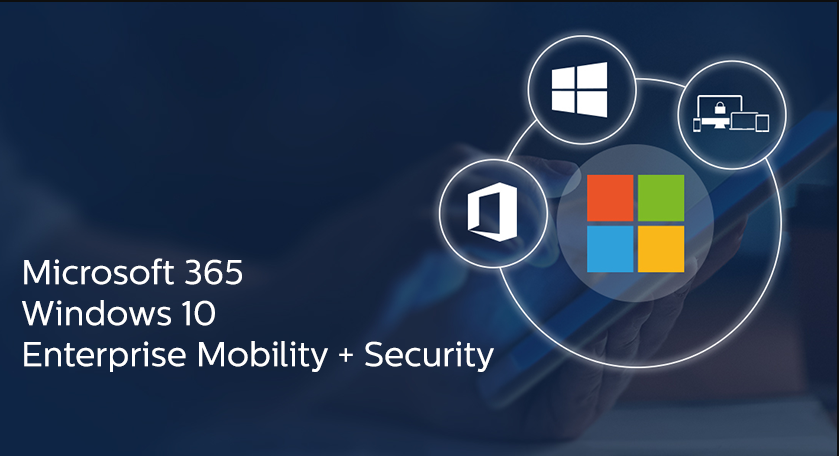What Is The Difference Between Apple Pay And Apple Wallet?

Apple has revolutionised the way we handle transactions and manage finances through its innovations like Apple Pay and Apple Wallet. Understanding the fundamental differences between these two is essential for anyone navigating the realm of digital payments efficiently. In this article by iGeekBloggers, we’ll delve into the specifics of Apple Pay and Apple Wallet, shedding light on their features, applications, and advantages. Let’s explore how these technologies can make our lives easier and transactions more secure.
Understanding Apple Pay and Apple Wallet
Apple Pay and Apple Wallet are two distinct yet interconnected features provided by Apple, designed to facilitate digital transactions and enhance convenience for users. Let’s break down their unique attributes and functionalities.
What Is The Difference Between Apple Pay And Apple Wallet?
Apple Pay and Apple Wallet, while interconnected, serve different purposes in the digital payment sphere. Apple Pay functions as a mobile payment and digital wallet service, allowing users to make payments using their iPhones, iPads, Apple Watches, or Mac devices. It securely stores credit and debit card information, enabling contactless and online payments at various merchants.
On the other hand, Apple Wallet is a digital wallet app that organises and stores various cards such as credit, debit, loyalty, boarding passes, tickets, and more. It acts as a centralised hub, providing easy access to the information users need for transactions and travels, making it a convenient tool for a clutter-free digital lifestyle. While Apple Wallet is designed for iOS devices, there are some ways to use Apple Pay on Android devices through third-party apps and workarounds that emulate Apple Pay.
Apple Pay: An In-Depth Look
How Does Apple Pay Work?
Apple Pay leverages Near Field Communication (NFC) technology, ensuring secure transactions. Users can add their payment cards to Apple Pay, and during a transaction, the device generates a one-time unique payment code, enhancing security and reducing the risk of exposing sensitive card details.
Enhancing Security with Apple Pay
Apple Pay’s key feature is its emphasis on security. It uses a device-specific number and unique transaction codes, keeping the actual card information secure. Additionally, Touch ID, Face ID, or a passcode is required to authorise transactions, adding an extra layer of protection.
Features and Benefits
Apple Pay offers a range of features, including ease of use, enhanced security with tokenization, and integration with various apps and websites. Additionally, it supports person-to-person payments through iMessage.
Apple Wallet: Understanding Its Functions
Overview of Apple Wallet
Apple Wallet is a virtual wallet that allows users to store, organise, and access various cards and passes in one place. This includes credit and debit cards, boarding passes, event tickets, and more.
Features and Capabilities
Apart from storing cards and passes, Apple Wallet supports barcode scanning and QR code-based transactions, making it a versatile tool for accessing a variety of services conveniently.
Integration with Other Apple Services
Apple Wallet seamlessly integrates with other Apple services and applications, such as Apple Pay, allowing users to access their payment cards directly from the wallet.
How Does Apple Wallet Streamline Your Life?
Apple Wallet offers a seamless experience by organising and providing quick access to various cards and passes in one place.
Organizing Cards and Passes
Users can add their credit and debit cards, boarding passes, event tickets, rewards cards, and even student IDs to Apple Wallet. This eliminates the need to carry physical cards and offers easy access to necessary information on the go.
How To Set Up And Use Apple Pay And Apple Wallet?
Now that we’ve explored the fundamentals of Apple Pay and Apple Wallet, let’s guide you through the process of setting up and effectively using these two services to streamline your digital transactions.
Setting Up Apple Pay:
- Ensure Device Compatibility:
Apple Pay is compatible with iPhone 6 and later models, iPad (5th generation and later), Apple Watch, and Mac models with Touch ID.
- Open the Wallet App:
Launch the Wallet app on your device. If it’s not pre-installed, download it from the App Store.
- Add a Card:
Tap the “+” (plus) sign and follow the on-screen instructions to add your credit or debit card. You can either manually enter the card details or use the device’s camera to capture the information.
- Verification and Security:
Your bank may require additional verification. Once verified, your card is added to Apple Pay.
- Setting a Default Card:
If you’ve added multiple cards, set a default card for convenient use by tapping on the card and selecting “Make Default Card.”
- Using Apple Pay:
To make a payment, hold your device near a contactless payment terminal, authenticate using Face ID, Touch ID, or your passcode, and the transaction will be completed.
Using Apple Wallet:
- Access the Apple Wallet:
Open the Wallet app on your iPhone or iPad. It typically comes pre-installed, but if not, download it from the App Store.
- Adding Cards and Passes:
Tap the “+” (plus) sign and follow the prompts to add various items like credit/debit cards, boarding passes, loyalty cards, event tickets, and more.
- Organising and Accessing:
Arrange your cards and passes as needed within the app. Access them quickly and conveniently whenever required.
- Making Payments with Wallet:
When making a purchase online or in supported stores, choose Apple Pay as the payment method, and authenticate the transaction.
FAQs
Q: Can I use Apple Pay without an Apple Wallet?
Yes, you can use Apple Pay without Apple Wallet for transactions, but to fully benefit from its features like card storage and organisation, using Apple Wallet is recommended.
Q: Are Apple Pay and Apple Wallet available on all Apple devices?
Yes, both Apple Pay and Apple Wallet are available on a wide range of Apple devices, including iPhones, iPads, Apple Watches, and Mac computers.
Conclusion
Understanding the nuances of Apple Pay and Apple Wallet empowers users to make informed decisions regarding their digital payment methods. Apple Pay excels in facilitating secure transactions, while Apple Wallet provides a centralised platform for card organisation and easy access. By leveraging these powerful tools, Apple users can enhance their digital payment experiences and simplify their everyday lives.
Read more: What Is The Difference Between Apple Pay And Apple Wallet?




